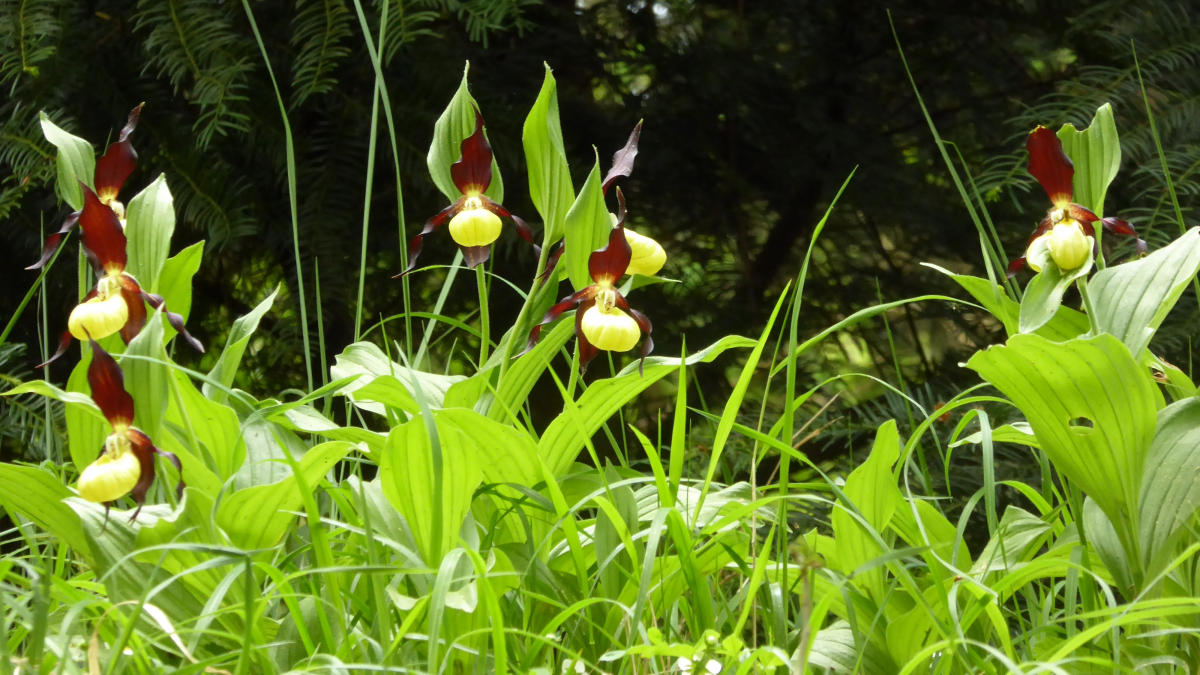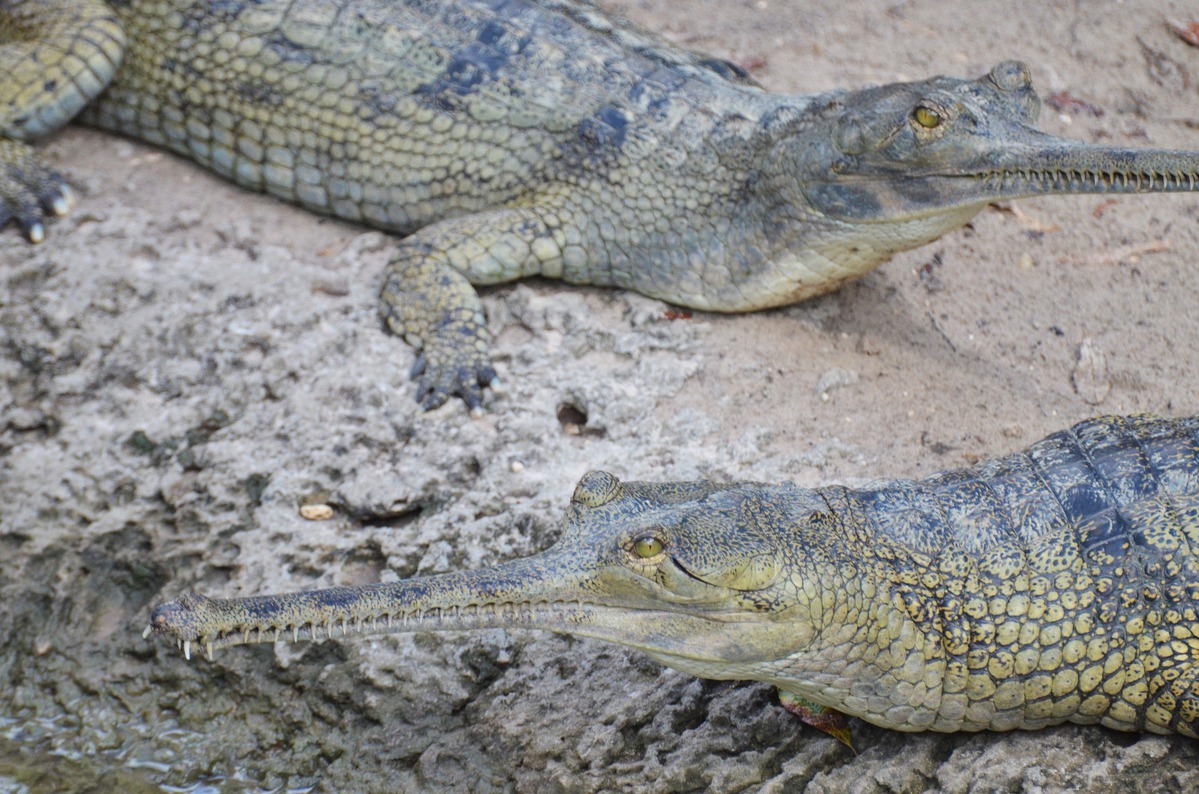Below, we share a list of 10 endangered plants to spread awareness about the grave danger that these species face and with the hope that it still isn't too late to change this and enforce laws of conservation.

1. Attenborough Pitcher Plant (Nepenthes attenboroughii)
We start this list of endangered plants with this carnivorous species, named after the English broadcaster and natural historian, David Attenborough. Carnivorous plants are fascinating, mainly because of how they attract their prisoners so that they fall into their traps and then eat them.
Unlike others of its kind, which are mostly insectivores, this pitcher plant, easily recognizable for its inverted bell shape and size, this one, can also even consume small rodents.
It seems that this endangered plant species' habitat is limited to the island of Palawan in the Philipines, and its population is constantly shrinking.

2. Lady's Slipper Orchid (Cypripedium calceolus)
This orchid is one of the most endangered flowers in the world. Its yellow-green color and the shape of its petals is reminiscent of Northern European lady's slippers -hence its name.









